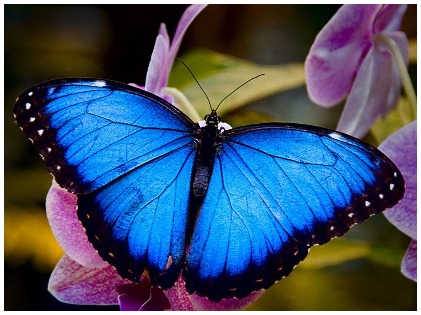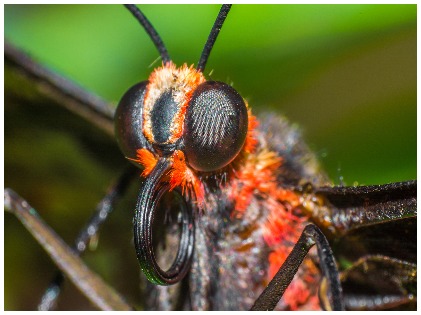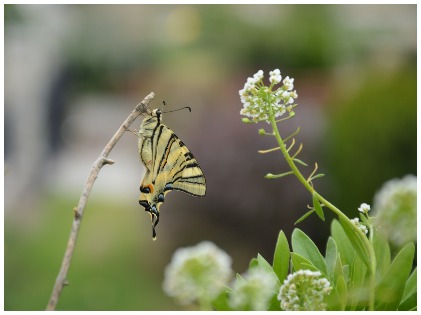We are simply amazed by their colourful wings and how they fly from flower to flower, drinking their nectar. Butterflies are one of the most enchanting insects that we come across almost every day. But, despite of them being around us all the time, we hardly know any facts about them. So, here are a few interesting facts about butterflies that are commonly unknown to us.
#1 BUTTERFLY HAS TRANSPARENT WINGS

This can’t be true right? Especially when we see their vivacious colourful wings, it is very hard to believe that butterflies have transparent wings. Well, the fact is that the wings of a butterfly are covered with thousands of miniscule scales which reflect light of different colors. Underneath these scales, the wings of a butterfly are absolutely transparent made out of layers of chitin, a protein that makes the exoskeleton of an insect. However, as a butterfly ages, these scales fall off, leaving behind trails of white chitin layer from its wings.
#2 BUTTERFLY TASTE FROM THEIR FEET
Butterflies use the taste receptors that are located on their feet to help them locate their food or their host plants. A female butterfly drums the leaves of a plant with her feet on which she sits until the host plant releases juices. The chemoreceptors on the back of her feet detect the perfect match for these chemicals. Once she identifies the perfect match, only then she lays her eggs.
A butterfly of any sex, when it sits on a food uses the chemoreceptors to sense sugar before tasting food sources such as fruits.
#3 BUTTERFLIES NEED TO ASSEMBLE ITS MOUTHPARTS

Once a butterfly emerges out from its pupa stage, the first job it has to do is to assemble its own mouth parts or the proboscis. A new adult butterfly that has freshly emerged out from its chrysalis has its mouth in two different pieces. The butterfly thus has to work on forming a single tubular proboscis to help it feed on nectar.
#4 BUTTERFLIES SIT ON MUD PUDDLES TO QUENCH THEIR THIRST
Sugar is not the only thing that a butterfly needs to survive. A butterfly also needs certain amount of minerals and salts in its diet. Thus, a butterfly sometimes sips from mud puddles and this behaviour is called puddling and can be seen more commonly in male butterflies. These minerals get incorporated into the sperms of the male butterflies which later transfer into the female butterflies during mating. The main purpose for this transfer is to help improve the quality of eggs in the female butterflies.
#5 NEWBORN BUTTERFLIES DON’T KNOW HOW TO FLY

When a butterfly is in its chrysalis, its wings stay collapsed around its body, waiting slowly for it to emerge. So, when the butterfly emerges out, it starts pumping body fluids into the veins of the wings and expands it. And once the wings are fully pumped and reach their full size, the butterfly need to rest for a few hours, allowing its body to slowly harden and only then make its first flight.
#6 BUTTERFLIES HAVE A LIFE SPAN OF A FEW WEEKS
An adult butterfly, once it is out of the Chrysalis, has a short life span of just 2 to 4 weeks. During its life span, a butterfly focuses on only two things, mating and eating. The smallest butterflies, have a life span of just a few days while the adult butterflies such as the mourning cloaks and the monarchs have a life span of 9 months.
#7 BUTTERFLIES CAN SEE A SPECTRUM OF COLORS BUT ARE NEAR SIGHTED
A butterfly has good eyesight within 10 to 12 feet. But anything that is beyond this range, appears blurry for them.





